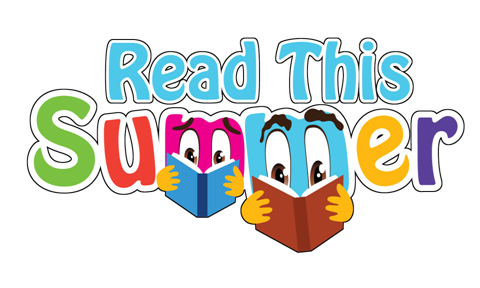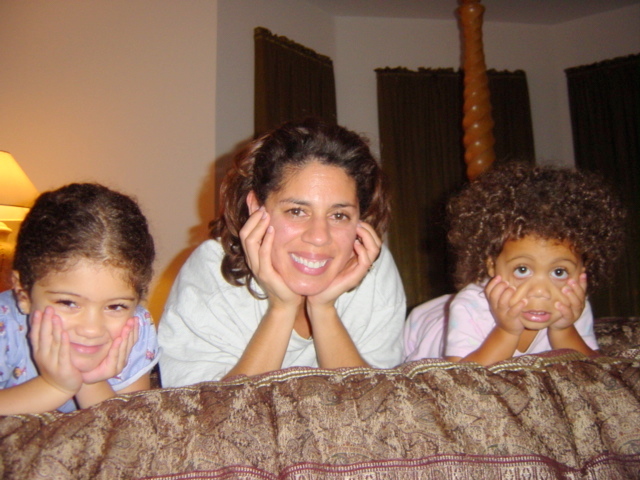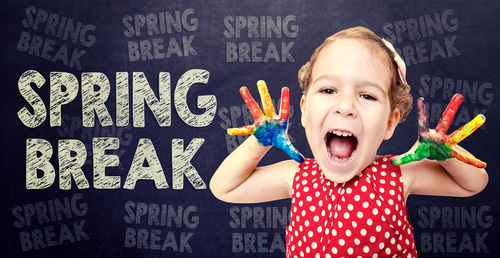Are you a fan of poetry?
Poetry has been near and dear to me for as long as I can remember. I was always partial to the rhyming kind (I’m sure you remember roses are red, violets are blue…).
While researching the role rhymes play on educational development (be sure to check out that blog post if you haven’t already), I was reminded of Mrs. Warren, my creative writing teacher in high school.
Each day, Mrs. Warren would give us different writing assignments – short stories, essays, vignettes, poems, etc. Then on Friday’s (I don’t think it was every Friday though, you know with budget constraints and all), she would select the best piece of work from each student’s portfolio and put them all together in a packet. She would then distribute the packets so the class could read and vote on their favorite.
Me, being the somewhat of a pack-rat that I am, saved one of these packets.
My featured piece was a poem in which I had to pick out 10 “ugly” words (words that I didn’t like the sound of) from the dictionary and create a “beautiful” poem utilizing five of those words. Here was my winning poem featuring the bolded “ugly” words:
Staring from behind the barbed-wire posts
Sits a little peon hiding from the ghosts.
Phlegm runs down the miniature porcelain face
As the chubby little pig rolls around the place.
In comes the mom and the baby starts to chat
The little leach grabs hold with his arms so fat.
She picks him up and plants a kiss on his head
The little baby boy goes back to bed.
One of the reasons why I liked Mrs. Warren so much was because she helped bring out a level of creativity I didn’t know I had.
As parents, we want to help nurture our children and foster their creative spirit, too.
What are some ways you can instill creativity in your child?
- Read to your child. Reading is perhaps the best way to raise a creative child. The more stories a child hears, the more his imagination develops.
- Allow your child to tell you stories. Let her imagination run wild. You may begin to notice that some of her stories sound familiar to ones you’ve read.
- Turn your child’s stories into books. Write the words of your child’s story down (if she’s too young to do it herself) and let her draw the illustrations.
- Read wordless picture books. These books allow a child to create his own story based on the illustrations provided. Flotsam by David Wiesner and Flashlight by Lizi Boyd are two great books to try.
- Create bedtime stories together. Begin telling a bedtime story then have your child proceed where you left off. Continue taking turns until the story ends or you’re both laughing too hard to finish.
How do you help nurture your child’s creativity? Please share or comment below.












Get Social